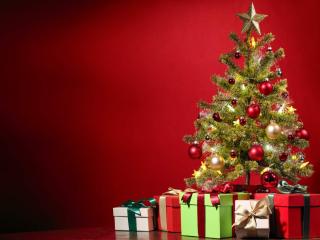

Symbolizing Christmas, the fir tree is a holiday essential.Here’s a look at their preferences.
Decked out in colors and lights, ornaments and garlands, the fir tree on its own embodies Christmas. Natural trees take the top spot in households, making up 84.6% of sales, according to a recent studies. The natural trend helps it outshine the artificial tree, which is seeing declining sales (15.4%).
As for the natural tree’s rising share, Nordmann fir is primarily responsible. Indeed, the share of spruce is dwindling.
In terms of tree varieties, the Nordmann leads with 70% of sales, outdoing the spruce (30% market share). Most of these trees are bought cut, and those sold in pots or with a root clump are less popular, representing only 10% of sales.
One advantage of the Nordmann is that it lasts longer than the spruce and doesn’t shed its needles. These qualities are reflected in its price: Nordmann fir costs nearly double that of spruce on average.
Purchases mainly occur in the first half of December, according to more than half of households (56.5%). Usually, chosen trees stand between 3and 5 feet (between 1 and 1.5 meters), but a growing number of families aim for bigger: 34.3% of them are buying a tree taller than 5 feet (more than 1.5 meters)!

Being biodegradable, a real tree is a green choice compared to plastic ones that are hard to recycle and often travel long distances.
Want to limit pollution tied to transport? Choose a “local-grown” tree! Some growers label their trees with the actual origin and travel distances, a practice set to become the norm.
Laure Hamann